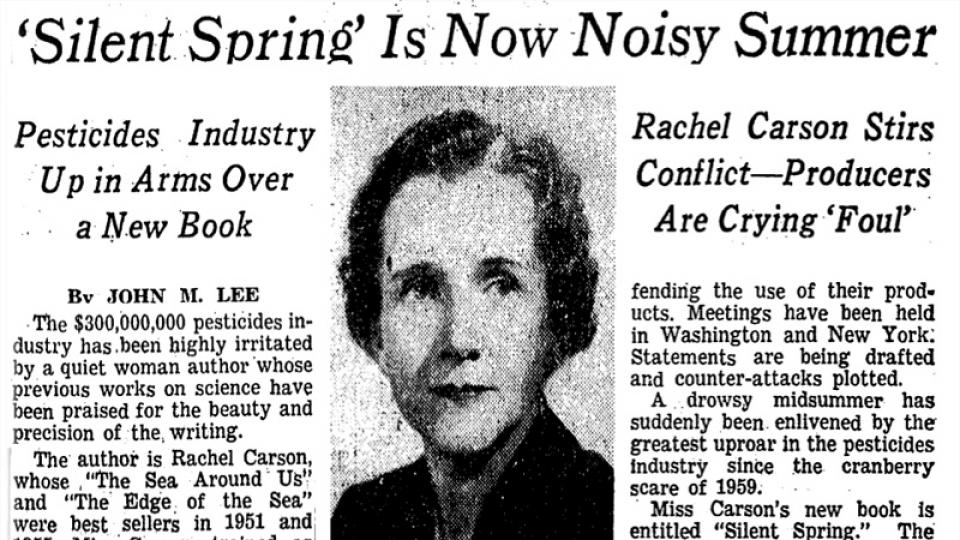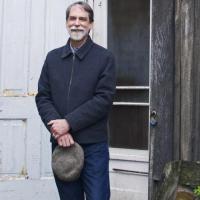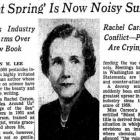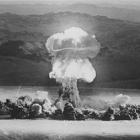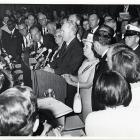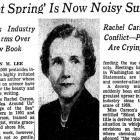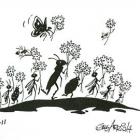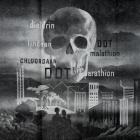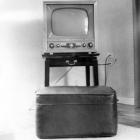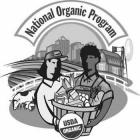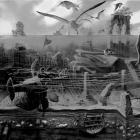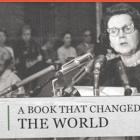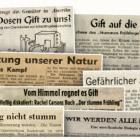Introduction
A Noisy Half Century
In her new book [Rachel Carson] tries to scare the living daylights out of us and, in large measure, succeeds. Her work tingles with anger, outrage and protest. It is a 20th-century “Uncle Tom’s Cabin.”
—Walter Sullivan, “Books of the Times,” New York Times, 27 September 1962, 35.
The history books say that the American environmental movement began on 16 June 1962, the date of the New Yorker magazine that contained the first of three excerpts from Rachel Carson’s new book, Silent Spring. Controversy ignited immediately. Just five weeks later, before the book was even out, a 22 July headline in the New York Times declared, “‘Silent Spring’ is Now Noisy Summer.” Houghton Mifflin released Silent Spring on 27 September. It sold hundreds of thousands of copies and stayed on the best-seller list for thirty-one months.
Reviewer Walter Sullivan was only the first of many to compare Silent Spring to Harriet Beecher Stowe’s novel Uncle Tom’s Cabin, the most controversial American book of the nineteenth century. Silent Spring inspired immediate outrage and opposition. Chemical and agricultural spokesmen loudly attacked both the book and its author. They alleged ignorance, hysteria, misstatements, cultism, and communist sympathies.
Yet Silent Spring also galvanized conservationists, ecologists, biologists, social critics, reformers, and organic farmers to join in the American environmental movement. Carson’s sensational best seller helped transform and broaden the older conservation movement into more comprehensive and ecologically informed environmentalism. Moreover, through dozens of translations, Silent Spring affected events abroad and prepared the way for the rise of environmental and Green movements worldwide.
Today, half a century later, Silent Spring continues to outrage many conservatives and inspire environmentalists.
Quiet, reserved, and very private, Silent Spring’s author was no radical rabble-rouser. Carson was born on 27 May 1907 in Springdale, Pennsylvania, near Pittsburgh. From an early age she aspired to be a writer but at college she switched her major from English to biology. Carson earned a master’s degree in zoology from Johns Hopkins University in 1932 but interrupted her doctoral studies due to financial problems during the Great Depression. She took a job as a biologist with the US Bureau of Fisheries—later the US Fish and Wildlife Service—and wrote and edited informational materials for the public.
In her spare time Carson wrote Under the Sea-Wind, published in 1941. Her second book, The Sea Around Us, was a fantastic success. It zoomed to the top of the best-seller list in 1952 and remained there for a record eighty-six weeks. A new edition of Under the Sea-Wind joined it there. Success enabled Carson to resign from her job and write full time. In 1955 her third book, The Edge of the Sea, reached the best-seller lists, too.
Carson then turned her attention to a problem that had concerned her for at least a decade: the use and abuse of dangerous new chemicals in agriculture and pest control. She tried to get other authors interested in the topic, but in the end she found that she had to write the book herself—Silent Spring.
Unfortunately, Carson would only see the beginnings of the revolution she helped start. Halfway through the research and writing of Silent Spring she was diagnosed with breast cancer. Wearing a wig and sometimes moving with difficulty, she hid her illness from the public while she defended her book on television, at congressional hearings, and before many audiences. On 14 April 1964, Carson died at her home in Silver Spring, Maryland, at age fifty-six.
This exhibition presents the global reception and impact of Rachel Carson’s Silent Spring. On one side are the attacks that began even before a word was printed, as well as the vilification of the present day. On the other is found the equally persistent admiration and support for Carson and her book from scientists, policymakers, activists, and the general public. Portions of the exhibition rely on quite thorough and extensive documentation, particularly for the United States, where Silent Spring had its earliest and greatest impact. Other sections go beyond previous accounts to emphasize popular culture, music, literature, and the arts. They also give equal weight to the book’s international legacy. A dozen years ago I began studying and comparing Silent Spring’s international impact. The very different reception of the book in the various nations of Europe intrigued me. I offer here some of my research and my explanations why the book was so powerful in the US and Sweden but not so influential elsewhere. I would have been delighted to include more about Silent Spring in the non-Western world, but as far as I can discover no one has explored the topic in Asia, Africa, or Latin America and my own research did not turn up anything of significance. That story is still waiting to be written.
- Previous chapter
- Next chapter


